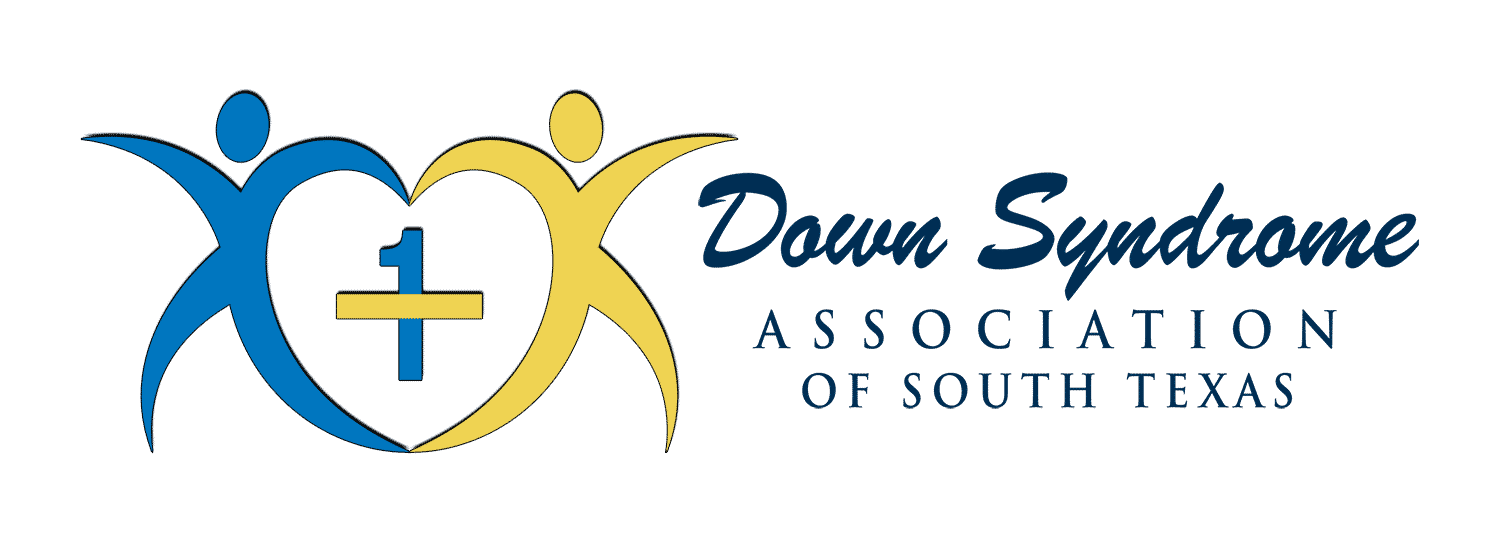Every one of us lives a life born of a trajectory. Our lives today are influenced by the things we did in the past, the things we tried, the things we failed, the people we've known, etc. Your child is also on a trajectory. Where is your trajectory taking you/your child? What baby steps can you take - TODAY - to influence a positive trajectory and a meaningful life? ~Laura Buckner
The source for this information comes from "A Day in Our Shoes" and Laura Buckner, speaker at the DSDN Rockin' Moms Retreat, September 2016.
PURPOSE

A vision statement should paint a picture that describes what you envision for your child's future. In other words, this vision statement translates to an independent lifestyle… not a sheltered workshop or living at home! The purpose of this vision statement is to direct the overall focus of the IEP team to your child’s potential. Your child’s vision statement should be considered when determining appropriate goals and placement because everything crafted in the IEP should ultimately help your child achieve what is in their vision statement. The vision statement will be helpful to refer back to when asking the questions pertaining to goals, placement, and other decisions at the IEP/ARD meeting. As you and the ARD committee progress through the meeting, be sure to keep an eye on the future. Where do you envision your child as an adult? Remember that whatever environment you create for your child when he or she is young, you should expect to replicate that same environment in the adult world. Don’t be afraid to question the team: “How does this translate into real-life skills to support our vision statement?” Can they see your vision for your child? Paint a picture of where you want to go!
CREATE
The Vision Statement focuses on the big picture for your child. It’s what you want and aspire for your child in their future. Keep it broad. Keep it student-focused. Once they are old enough, allow the child to participate, self-advocate, and learn self-determination to the greatest extent possible. The Vision Statement is not about the how. So don’t get caught up in the “how are we going to do this?” A vision statement is not about accommodations and strategies and supports. The vision is the goal and the destination, not the directions on how to get there. However, when everyone has their eyes on the same goal, the team should much more easily be able to agree on the “how.” Finally, this isn’t about focusing on what someone else thinks is “realistic” for your child. Dream big and don’t let anyone set limits on your child’s potential! As a parent, you are your child’s biggest cheerleader and advocate. We should not allow anyone else to define limits for our children; we should support our children in achieving their fullest potential and let them determine their own limits.
Some phrases to help get you started:
Obtain meaningful employment
Contribute to society
Volunteer in the community
Take part in meaningful social activities
Opportunities for personal growth
Opportunity to develop meaningful friendships
Pursue post-secondary educational opportunities

ARTICULATE

Once you have your child’s vision statement constructed, it is your job as a parent to carefully articulate that vision in writing. The next step will be sharing it with your child’s school team, the people who will be key to helping your child achieve the vision. There are a number of ways to do this:
Email it to the school team at the start of the school year.
Read it aloud at an IEP meeting.
Send it to the school in a letter format.
Provide parent input on your child’s progress for each IEP and begin the discussion by sharing your child’s vision statement. Consider including in the discussion your concerns if you don’t feel that your child’s current educational plan is appropriately designed to help your child achieve your vision for their future. Always ask that your parent input, including the vision statement, be included in the Present Levels of Academic Achievement and Functional Performance (PLAAFP) section.
SAMPLES
We envision John living a life of choice. We envision him having relationships he finds meaningful. We envision him spending his days at work and other places that he enjoys and feels productive. We envision him living with people he chooses to live in places he chooses to live.
Our daughter learns best when expectations are kept high and we support her abilities and encourage her. We want her to be exposed to all content areas in high school and to improve her reading and writing skills. We envision her living as independently as possible with supports and assistance. She also wants to work with animals, be employed in a dental office or work at the library. We hope you will join us in supporting our daughter’s hopes and dreams to help her achieve them.
Our ultimate vision for Andrea is for her to be educated alongside her general education peers for the entire school day. We want her to be included in every aspect of her schooling. This means being with her peers for lunch, recess, and special area classes, but more importantly, all academic subjects with the appropriate supports. We want her support services to be brought to her and delivered seamlessly in the general education class. We view Andrea as an important member of her school. Therefore we want her to be engaged as an integral part of the classroom and school communities at every turn.

